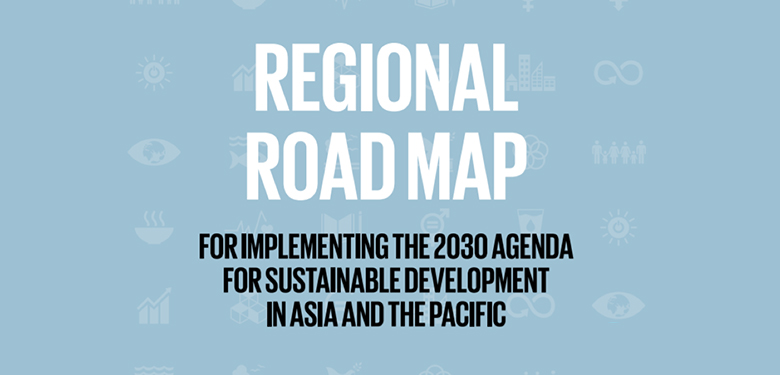Asia-Pacific failing on many SDGs
The Asia-Pacific region is not on track to achieve many of the Sustainable Development Goals (SDGs) by 2030. It has even gone backwards in some areas, according to a new UN progress report on the Regional Road Map for Implementing the 2030 Agenda for Sustainable Development in Asia and the Pacific.
The report notes that some progress has been made toward achieving goals related to social development but that there was insufficient data to assess whether other targets were being met. It flagged climate action and disaster reduction and resilience as areas for concern but could not fully assess whether progress was being achieved or not.
One area where targets are generally being met is on poverty. The region’s fast economic growth has lifted many people out of poverty. But at the same time, the report warns that if the region is to sustain the growth needed to achieve the SDGs and to enhance resilience, it must shift to a more resource-efficient growth trajectory.
However, the report points out that despite the economic growth, inequality is getting worse, with the rich benefitting more than the poor. In particular, the report argues that there is insufficient progress on the rights and wellbeing of indigenous communities. Indigenous peoples are often left behind because their rights are neglected and their communities discriminated against.
Growing disparities in income and wealth, as well as inequality of opportunity, disproportionately affect women and vulnerable groups. Currently, up to 70 per cent of the population lacks reliable access to good-quality and affordable health-care services, and less than one third of the working-age population are eligible for a pension in many countries of the region. The participation rate of women in the labor force remains low, at 48 per cent. Only 30 per cent of all persons with disabilities have enough income for self-support.
On climate change, the report noted a lack of success in achieving carbon reductions, pointing toward enhanced risks for the Asia-Pacific region. It argues that higher temperatures, a rise in sea levels and extreme weather events will have a major impact on the region, increasing risks to economies and potentially compounding development challenges, including progress on poverty, food security, energy security and health.
Future climate change in the region may cause more frequent and severe coastal inundation and erosion, salinization, wildfires, heavy precipitation and drought. The report goes on to say that climate change is a long-term threat to future generations and given the significant past growth in greenhouse gas emissions in the region and the potential for an acceleration of that growth in the near future, there is a need for more cooperation in the region, including all players.
A recent World Bank study estimated that without further climate change adaptation and mitigation action, climate change could force more than 100 million people into extreme poverty by 2030, many in the Asia-Pacific region.
The report also highlights the fact that the effective pursuit of the Sustainable Development Goals requires stable forward-looking and long-term financing. However, the available financial resources are not sufficient to meet the ambitions of the 2030 Agenda.
The UN stresses that regional cooperation will be critical to maximize the opportunities for building synergies between the economic, social and environmental dimensions and to overcome the challenges currently being experienced. There are untapped opportunities for regional cooperation that need to include more integrated approaches to the achievement of the SDGs.
